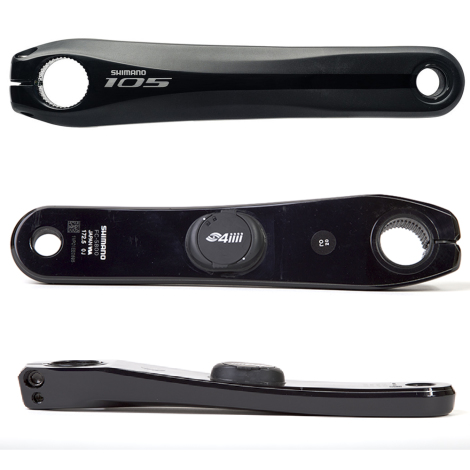Once just an item for Elite and Pro riders, the power meter has become much more accessible over the last few years. In this blog we answer the common questions around power meters, including the inevitable, ‘But do I really need one?’
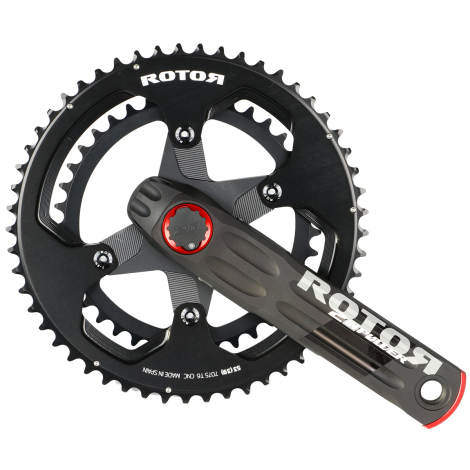
How do Power Meters work?
At the core of a power meter is a Strain gauge – a sensor used to measure strain on a component. In a power meter device the strain is applied through the rider applying pressure to the power meter component. The reading (Watts) is transmitted via Ant+ or Bluetooth to a compatible device, usually a handlebar mounted GPS computer. From the GPS computer most rider data ends up on Strava or an online training platform.
Do I really need one?
This is a question asked perhaps more than any other amongst ride buddies all over the world. If you are looking to improve your performance, compete at any level or if you have limited training time – yes, a power meter could help. If you ride primarily for your own enjoyment, fun and wellbeing and are happy with your riding as it is, then probably no.
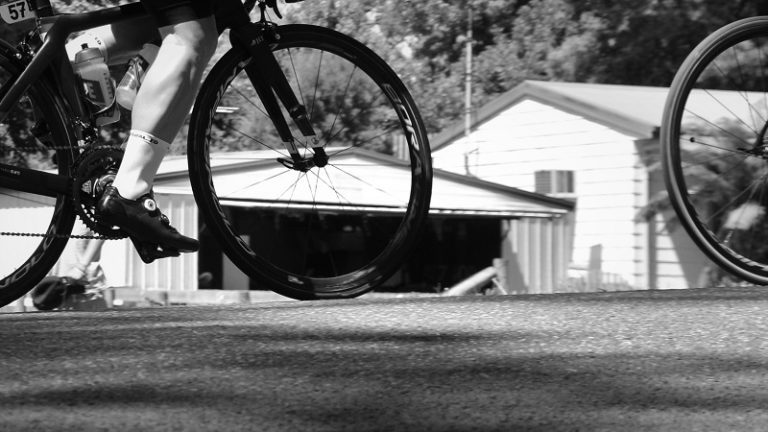
Why a Power Meter?
What’s wrong with training just using heart rate? Training with a heart rate monitor is a bit vague. Everybody has a different range at which their heart works whilst training and racing and heart rate can be effected by other things, such as hydration, stress, too much caffiene or not enough sleep. Power is not effected by anything – if you are riding at 300 watts, you are riding at 300 watts. The Watts per KG figure (watts divided by KG – Power to Weight) for a rider, is a great guide as to how good they are. For example a male 4th category club racer’s maximum power for 5 minutes might be 4 Watts per KG . A male world class elite rider could be around 7.5 watts per KG.
Watt does it all mean?
Merely attaching a power meter to your bike will not transform you as a bike rider. Learning how to train effectively and how to interpret the numbers from a power meter could help improve your performance.
Professional coaches recognise the value of power meters as a training tool. Leading coach of top UK riders, (including multi World Champion Tom Pidcock – Team Wiggins), Tom Barras explains,
“There is an old advertising slogan “Power is nothing without control” and this applies perfectly with power meters. The best way to use a power meter to its (and your) full potential is to use a coach who can interpret the numbers and prescribe a training schedule which is personal to you, your time constraints and your history / aspirations. Just riding along watching the numbers go up and down won’t win you any races or improve your performance in a sportive. However a dedicated, structured training plan just might!”
Tom (left) leads his regular elite training group in the Yorkshire Dales
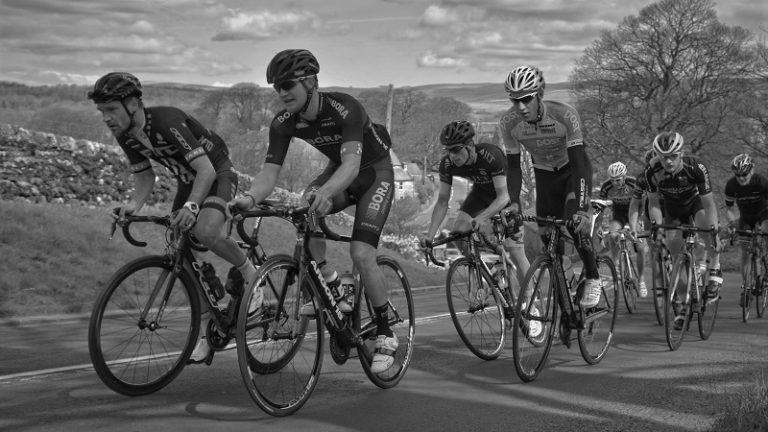
Common pitfalls to avoid
- Watching numbers from a power meter go up and down will not improve your riding.
- Failing to regularly calibrate your power meter will lead to inaccurate readings and can render data unusable.
- Regularly replace the battery in your power meter to avoid it dying mid-ride.
Power and the Glory
The popularity of power meters has led to a range of terms entering into the bike rider dictionary;
Average Power – The average power output for a period of time
Normalized Power – Allows for changes in intensity and is a more accurate record of effort
TSS (Training Stress Score) – As a guide a 1 hour TT would have a TSS of 100
Watts Per Kilo – Is simply watts, divided by weight in Kilograms
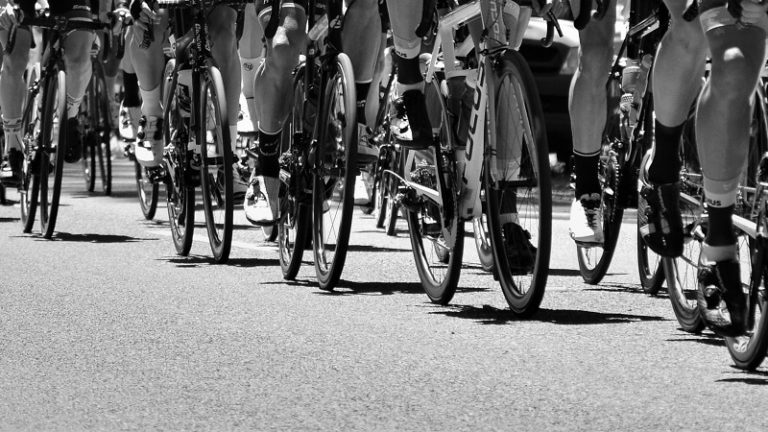
Watts Going On
Many coaches today will use the results of your Functional Threshold Power (FTP) test to help produce a training schedule, depending on what you want to achieve. The FTP test is 20 minutes of sustained maximum effort. Take your average power for the 20 minutes and deduct 5%. This figure is your estimated FTP. Before undergoing specific training, an FTP test will provide a benchmark figure of your power. Power zones are a percentage of FTP, for example;
ZONE What is it? % of FTP Hurt level
1 Active Recovery <55% Easy, not hurting at all
2 Endurance 56 – 75% Could ride all day
3 Tempo 76 – 90% Below TT pace – trying a bit
4 Lactate Threshold 91 – 105% TT pace, 1hr will hurt
5 VO2 Max 106 – 120% Hard hurt, 5 min effort
6 Anaerobic Capacity 120 – 150% 30 secs to 3min. Much Hurt
7 Neuromuscular Power >150% 5-15 secs Max Hurt – Sprint!
Use a free online Power Zone calculator to get your zone power numbers, here’s the British Cycling one;
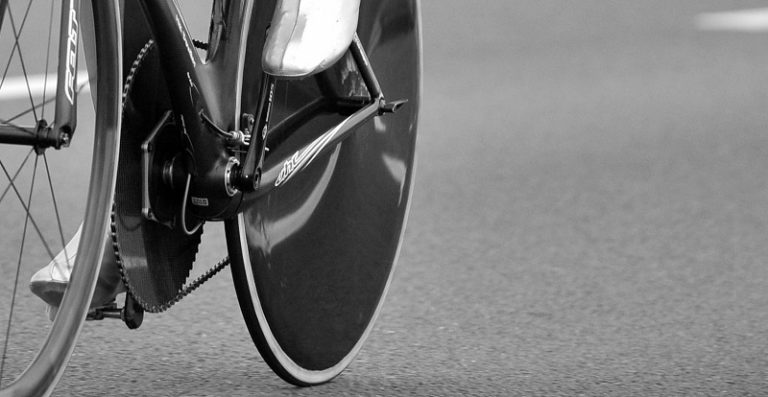
What types of power meter are there?
Power Meters come in various transmission components (Hub, Chainring / Chainset / Crank, Bottom Bracket and Pedals.) While the original hub and chainset power meters are still available, the left crank option really helped popularise the market. Fitting the strain gauge technology to a Shimano or Campagnolo left crank arm is the low-cost option for accurate mainstream power metric delivery. Both Stages and more recently, 4iiii have transformed the power meter market making a cost-effective and reliable product. Double sided chainset meters are able to highlight discrepancies between left and right leg power. Left side power cranks only take the reading from the left side, for most riders this isn’t a major concern.
The History of Power Meters
- 1986 German company, SRM began and a new metric was born – ‘Training with Power’ became a thing
- 1991 Greg Lemond became an early customer of SRM power meters
- 1992 CatEye Cyclosimulator Trainer had the Power metric was pretty accurate – Used by British Cycling for 20 years
- 1998 PowerTap company formed with former MIT boffins
- 1998 – 2012 SRM and Powertap largely shared the mainly Pro and Elite National Teams market
- 2012 Stages – lower cost, left crank power meters became available
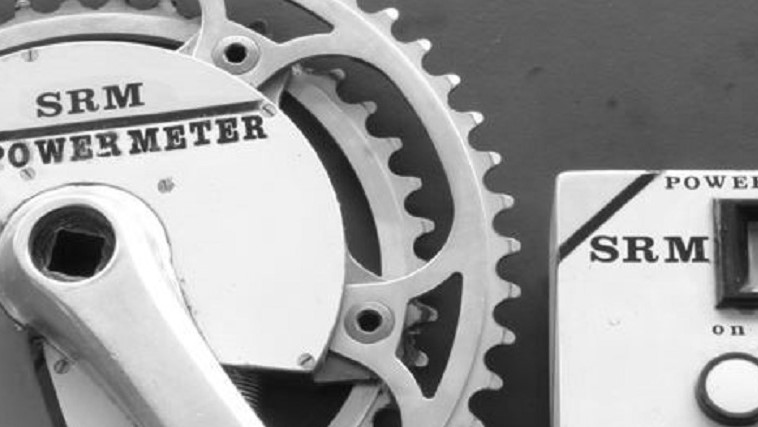
Older power meters through the 90’s up to 2009 relied upon sets of wires to transmit readings to a computer box mounted on the handlebars. From 2009 onwards wireless technology allowed the removal of wires, allowing for better bike cleaning, no clips or ties for holding the wires in place. Today wireless protocols, Ant+ and Bluetooth are pretty much taken for granted.
Purchasing Power
Here are our top rated and top-selling Power Meters;
Rotor 2InPower £999 -(extra 10% off 20/06/19)

Shimano Dura Ace 9100 £999 -(extra 10% off 20/06/19)
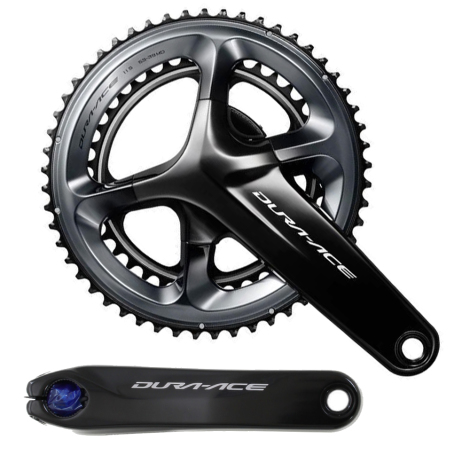
Shimano Dura Ace 9100 4iiii Precision £899

Rotor 3D+ InPower Mas 130BCD £499
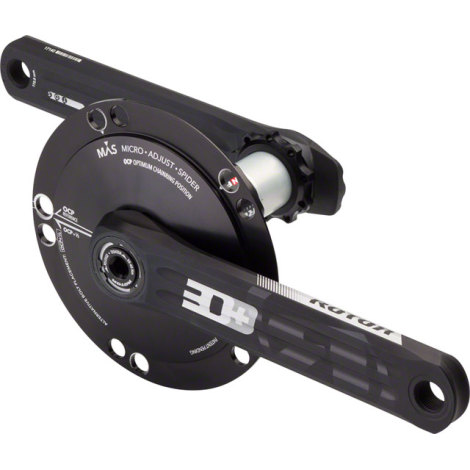
FSA Powerbox £566.96
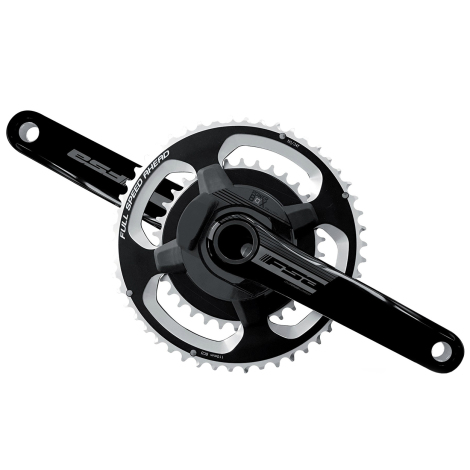
4iiii Precision Shimano R8000 Crank £465
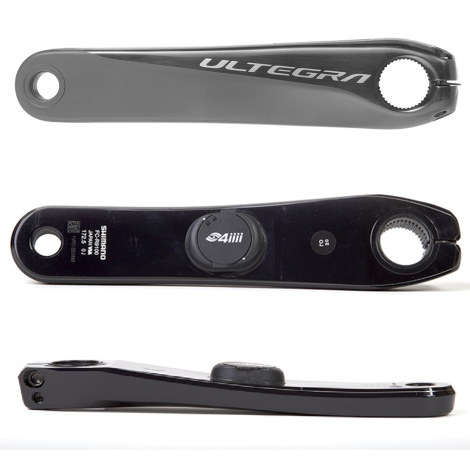
4iiii Precision Shimano R9100 Crank £425
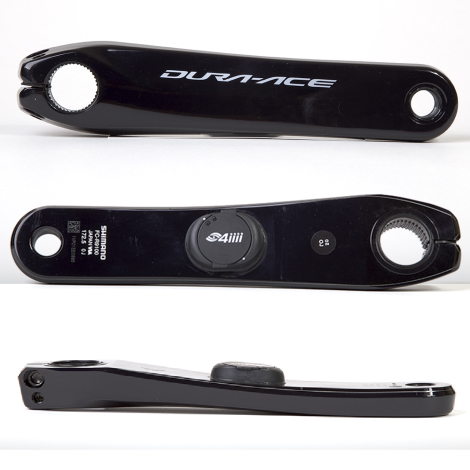
4iiii Precision Shimano 5800 Crank £299
